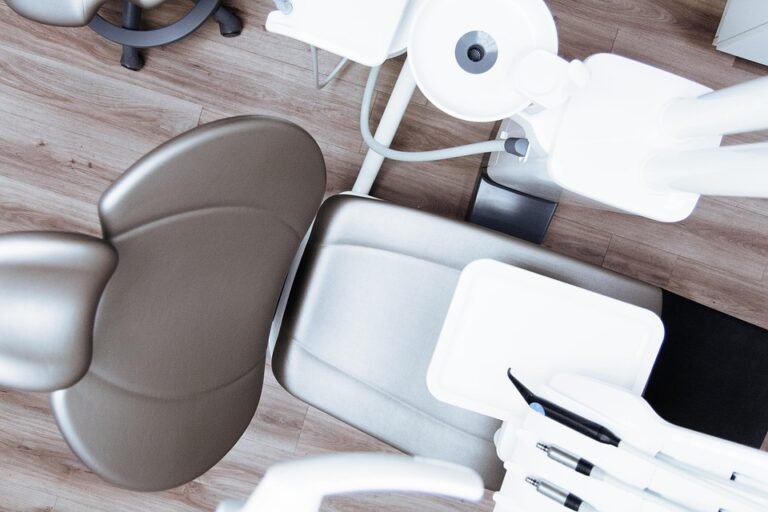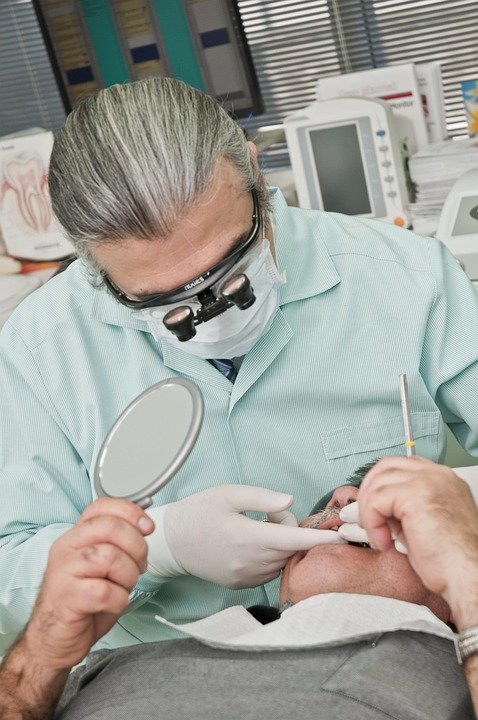Does online education affect teamwork and communication skills in dentistry?
I’m a dental student considering an online or hybrid program because it offers more flexibility. I’m concerned, though, about the hands-on aspect of dentistry and how crucial teamwork and communication are in a dental practice. If I do a significant portion of my didactic learning online, will that impact my ability to collaborate effectively with dental assistants, hygienists, other dentists, and patients down the line? Are there any studies or experiences that highlight the strengths or weaknesses of online dental education when it comes to developing these “soft skills”? I’m particularly worried about the lack of informal interaction – those hallway conversations and quick consultations – that seem vital to building relationships and trust in a team. Could online learning potentially leave me less prepared for the real-world collaborative environment of a dental clinic? What are programs doing to actively address this concern?
Answer
Online education in dentistry, particularly when replacing or significantly supplementing traditional in-person clinical experiences, can have both positive and negative effects on the development of teamwork and communication skills, essential competencies for practicing dentists.
Potential Negative Impacts:
- Reduced Face-to-Face Interaction: A primary concern is the diminished opportunity for direct, in-person interaction with peers, instructors, and patients. Teamwork in dentistry often involves close collaboration during procedures, requiring nuanced non-verbal communication, shared problem-solving, and immediate feedback. Online environments may struggle to replicate this dynamic effectively. Virtual simulations, while helpful, can lack the spontaneity and realism of a live clinical setting. The absence of informal interactions – discussions during breaks, shared meals, or casual hallway conversations – can also hinder the development of camaraderie and informal communication networks, which are crucial for professional collaboration.
- Limited Exposure to Real-World Clinical Scenarios: Online learning, even with virtual simulations, might not fully expose students to the unpredictable nature of real-world clinical scenarios. Teamwork often involves adapting to unexpected challenges, managing patient anxieties, and coordinating care under pressure. The controlled environment of online simulations may not adequately prepare students for these situations, potentially impacting their ability to communicate effectively and collaborate with team members when facing real-time complications.
- Challenges in Observing and Emulating Professional Communication: In traditional clinical settings, dental students learn by observing experienced dentists and specialists interacting with patients and other members of the dental team (dental assistants, hygienists, lab technicians). This observation is critical for understanding professional communication styles, conflict resolution techniques, and patient management strategies. Online learning may limit these observational opportunities, making it harder for students to develop the necessary communication skills for building rapport with patients and collaborating effectively with colleagues.
- Potential for Isolation and Reduced Social Skills: Excessive reliance on online learning can contribute to social isolation, potentially hindering the development of interpersonal skills. Teamwork relies on effective social interaction, empathy, and the ability to navigate group dynamics. While online forums and virtual group projects can provide some opportunities for interaction, they may not fully replicate the social richness and complexities of in-person interactions.
Potential Positive Impacts:
- Enhanced Communication through Diverse Channels: Online learning can encourage students to develop proficiency in a variety of communication channels, including written communication (e.g., online forums, email), video conferencing, and digital presentations. This versatility can be valuable in modern dental practice, where communication with patients, specialists, and insurance providers often occurs through diverse digital platforms.
- Development of Independent Learning and Self-Directed Communication Skills: Online learning often requires students to take greater responsibility for their own learning and communication. They may need to independently research information, formulate questions, and seek clarification from instructors or peers through online channels. This can foster self-directed learning and improve their ability to communicate effectively in a remote or asynchronous environment.
- Opportunities for Interprofessional Collaboration through Virtual Platforms: Online learning can facilitate interprofessional education by connecting dental students with students from other healthcare disciplines (e.g., medicine, nursing, pharmacy) through virtual platforms. This can promote understanding of different professional roles and perspectives, and improve communication skills in interdisciplinary teamwork.
- Focus on Patient-Centered Communication through Simulated Encounters: Online platforms can be used to create simulated patient encounters that emphasize patient-centered communication. These simulations can provide students with opportunities to practice active listening, empathy, and shared decision-making in a safe and controlled environment. Students can receive feedback on their communication skills from instructors and peers, helping them to improve their ability to build rapport with patients and address their concerns effectively.
Mitigating Negative Impacts and Maximizing Positive Outcomes:
To minimize the potential negative effects of online learning on teamwork and communication skills, dental schools should:
- Incorporate Blended Learning Models: Combine online learning with in-person clinical experiences to provide students with opportunities for both independent learning and direct interaction with patients and colleagues.
- Design Interactive Online Activities: Utilize interactive online activities, such as virtual simulations, case studies, and group projects, to promote teamwork and communication skills.
- Provide Opportunities for Real-Time Feedback: Offer opportunities for students to receive real-time feedback on their communication and teamwork skills from instructors and peers, both online and in-person.
- Integrate Interprofessional Education: Incorporate interprofessional education activities into the curriculum to promote collaboration and communication across different healthcare disciplines.
- Emphasize the Importance of Professional Communication: Explicitly teach students about the principles of effective professional communication and provide them with opportunities to practice these skills in various contexts.
- Utilize Video Recording and Analysis: Incorporate video recording and analysis of simulated or actual clinical interactions to allow students to self-reflect on their communication skills and receive targeted feedback.
- Promote a Sense of Community: Foster a strong sense of community among students through online forums, virtual social events, and mentoring programs.
Ultimately, the impact of online education on teamwork and communication skills in dentistry depends on the quality of the online curriculum, the extent to which it is integrated with in-person clinical experiences, and the efforts made by dental schools to actively promote these essential competencies. By carefully designing and implementing online learning programs, dental educators can harness the potential benefits of technology while mitigating the risks to ensure that students are well-prepared to collaborate effectively and communicate skillfully in the dental profession.



